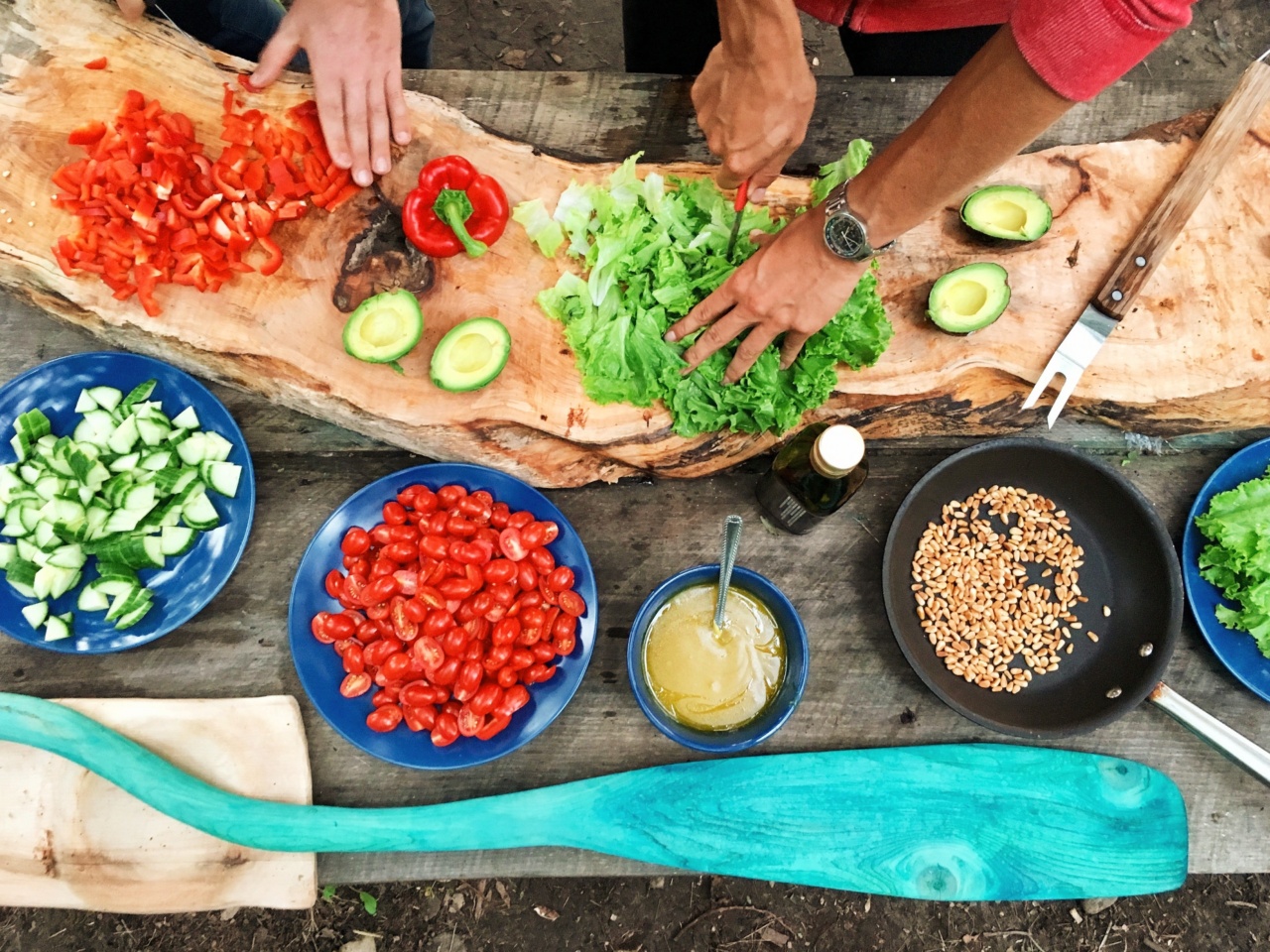Acne is a common skin condition that affects millions of people worldwide. It usually occurs when the hair follicles on the skin get clogged with oil and dead skin cells.
While many factors cause acne, including genetics, hormones, and stress, diet can also play a significant role in its development.
Studies have shown that certain foods can trigger or aggravate acne. So if you’re struggling with acne-prone skin, it’s essential to watch what you eat. To help you out, we’ve compiled a list of the top 30 foods that can worsen acne:.
1. Dairy Products
Dairy products, such as milk, cheese, and yogurt, can cause acne due to their high levels of hormones and testosterone. These hormones can stimulate the production of sebum, leading to clogged pores and acne breakouts.
2. High-Glycemic Index Foods
Foods with a high glycemic index, such as white bread, pasta, and sugary drinks, can cause an insulin spike in the body, leading to inflammation and acne.
3. Fried Foods
Fried foods, such as french fries and fried chicken, contain high levels of oil and fat, which can lead to clogged pores and acne breakouts.
4. Chocolate
While there is no direct link between chocolate and acne, many people have reported an increase in breakouts after consuming chocolate. This may be due to the high levels of sugar and dairy in chocolate.
5. Processed Foods
Processed foods, such as chips, crackers, and packaged snacks, can contain high levels of salt and preservatives, leading to inflammation and acne.
6. Red Meat
Red meat, such as beef and pork, can contain high levels of saturated fat, which can lead to inflammation and acne breakouts. It’s best to limit your intake of red meat and opt for leaner protein sources, such as chicken and fish.
7. Shellfish
Shellfish, such as shrimp and lobster, can contain high levels of iodine, which can aggravate acne for people who are sensitive to it.
8. Alcohol
Alcohol can dehydrate the skin and cause inflammation, leading to acne breakouts. It’s best to limit your alcohol intake and stay hydrated by drinking plenty of water.
9. Vegetable Oils
Vegetable oils, such as canola and soybean oil, are high in omega-6 fatty acids, which can cause inflammation and acne breakouts. It’s best to limit your intake of these oils and opt for healthier fats, such as olive oil and avocado.
10. Caffeine
Caffeine can stimulate the adrenal glands, leading to an increase in stress hormones and acne breakouts. It’s best to limit your caffeine intake or switch to decaf coffee or tea.
11. Peanut Butter
Peanut butter can contain high levels of oil and fat, which can lead to clogged pores and acne breakouts. It’s best to opt for natural peanut butter with no added sugars or oils.
12. Sugary Foods
Sugary foods, such as candy and soda, can cause an insulin spike in the body, leading to inflammation and acne breakouts. It’s best to limit your intake of these foods and opt for healthier snacks, such as fruits and nuts.
13. Spicy Foods
Spicy foods, such as hot peppers and curry, can cause inflammation and irritation in the skin, leading to acne breakouts.
14. Gluten
For people with gluten sensitivity or celiac disease, consuming gluten can cause inflammation and acne breakouts. It’s best to avoid gluten-containing foods, such as wheat, barley, and rye.
15. Soy Products
Soy products, such as tofu and soy milk, can contain high levels of hormones and phytoestrogens, which can disrupt the hormone balance in the body and lead to acne breakouts.
16. Foods High in Saturated Fat
Foods high in saturated fat, such as bacon and butter, can cause inflammation and acne breakouts. It’s best to limit your intake of these foods and opt for healthier sources of fat, such as nuts and seeds.
17. Citrus Fruits
Citrus fruits, such as oranges and grapefruits, contain high levels of acid, which can irritate the skin and lead to acne breakouts.
18. Walnuts
While walnuts are a healthy snack, they contain high levels of omega-6 fatty acids, which can cause inflammation and acne breakouts. It’s best to limit your intake of walnuts and opt for other nuts, such as almonds and cashews.
19. Canned Foods
Canned foods, such as soups and vegetables, can contain high levels of preservatives and salt, leading to inflammation and acne breakouts.
20. Energy Drinks
Energy drinks contain high levels of caffeine and sugar, which can cause an insulin spike in the body, leading to inflammation and acne breakouts.
21. Artificial Sweeteners
Artificial sweeteners, such as aspartame and sucralose, can disrupt the insulin balance in the body, leading to inflammation and acne breakouts.
22. Corn
For people with corn sensitivity, consuming corn can cause inflammation and acne breakouts. It’s best to avoid foods that contain corn, such as corn syrup and cornstarch.
23. Tomatoes
While tomatoes are a healthy food, they contain high levels of acid, which can irritate the skin and lead to acne breakouts.
24. Potatoes
For people with potato sensitivity, consuming potatoes can cause inflammation and acne breakouts.
25. Peas
Peas contain high levels of lectins, which can irritate the gut and lead to inflammation and acne breakouts.
26. Olives
Olives contain high levels of salt, which can lead to inflammation and acne breakouts.
27. Vinegar
Vinegar contains high levels of acid, which can irritate the skin and lead to acne breakouts.
28. Corn Chips
Corn chips contain high levels of oil, salt, and preservatives, leading to inflammation and acne breakouts.
29. Pickles
Pickles contain high levels of salt and preservatives, leading to inflammation and acne breakouts.
30. Mustard
Mustard contains high levels of acid, which can irritate the skin and lead to acne breakouts.





























